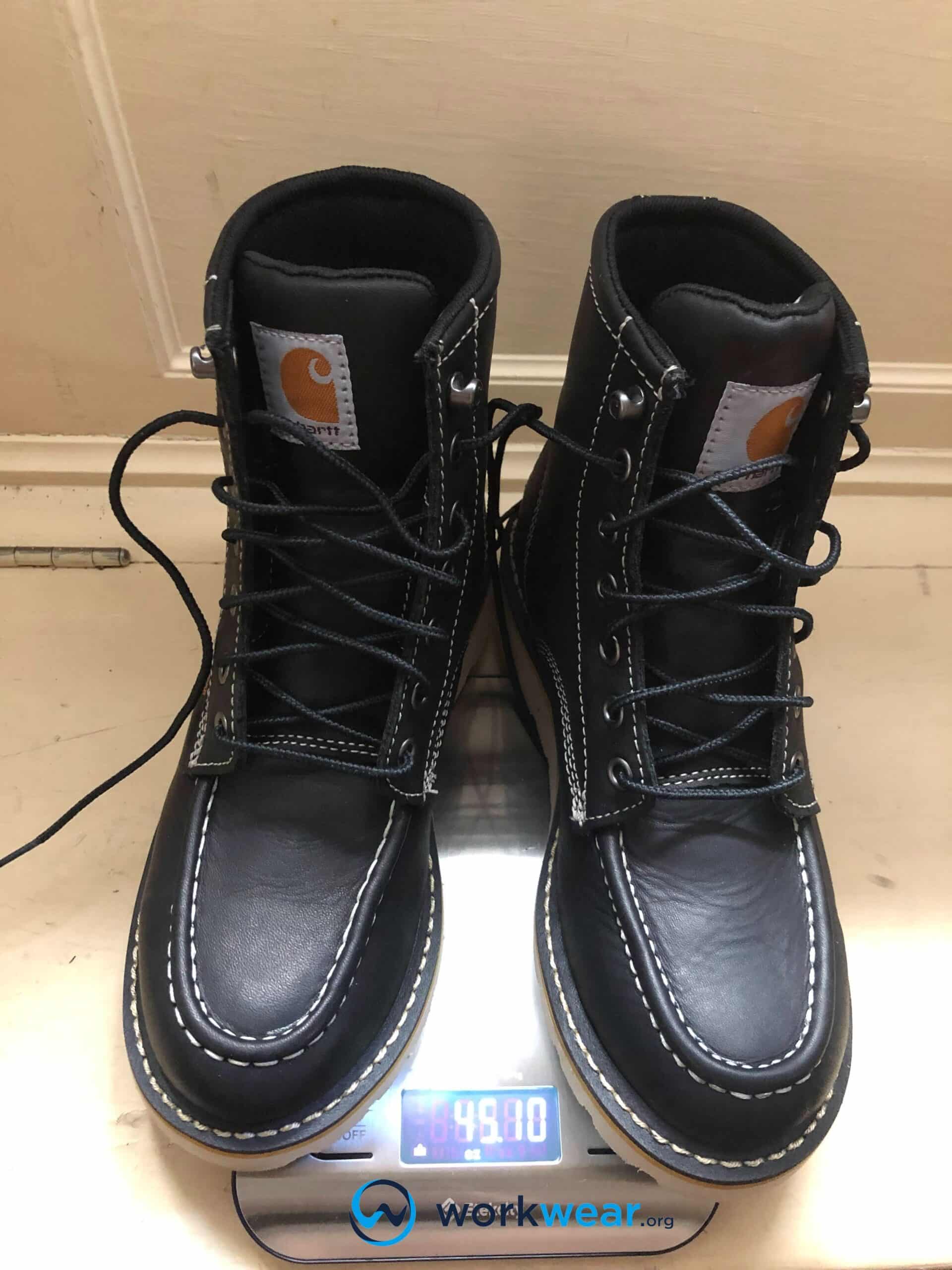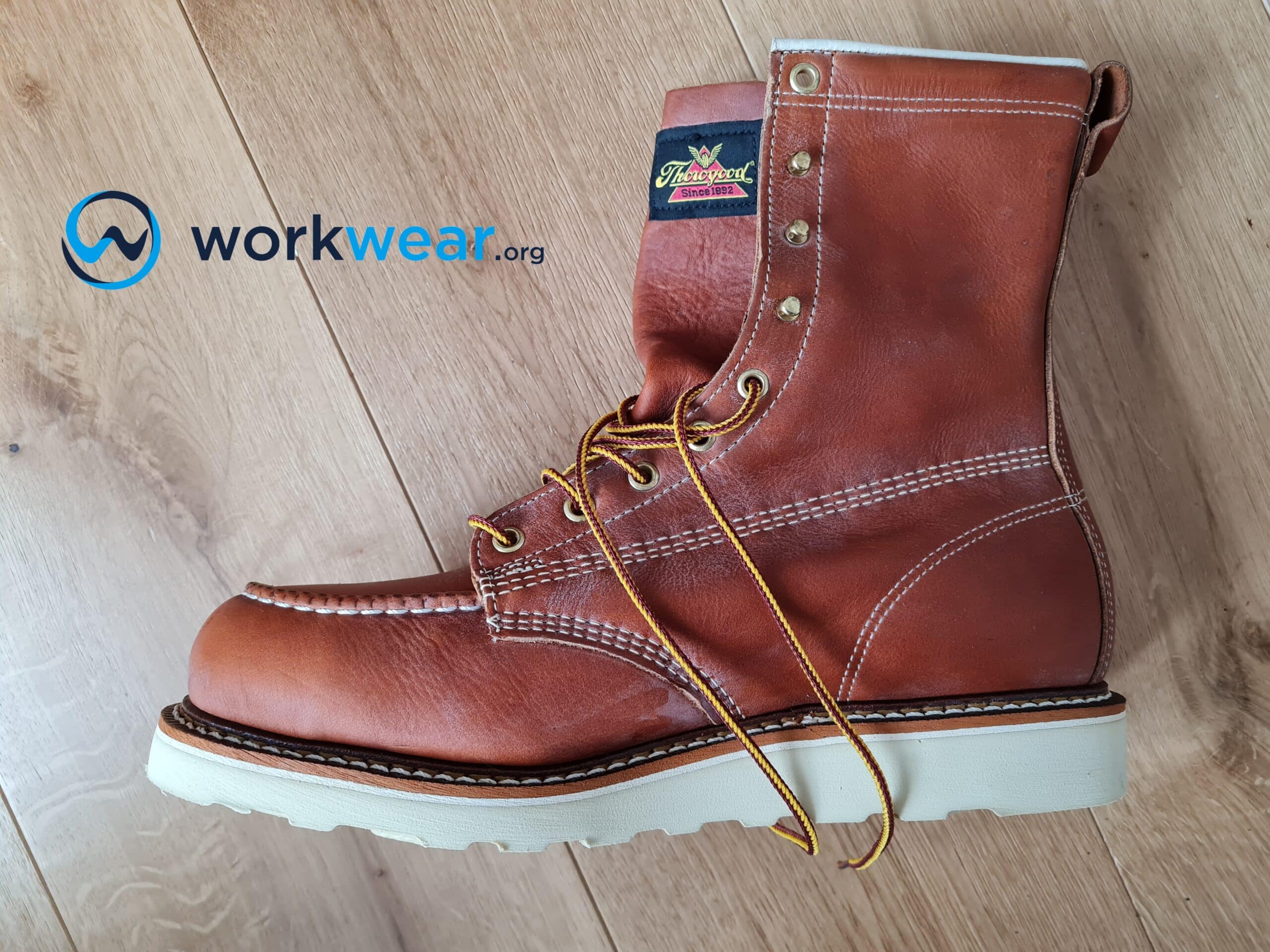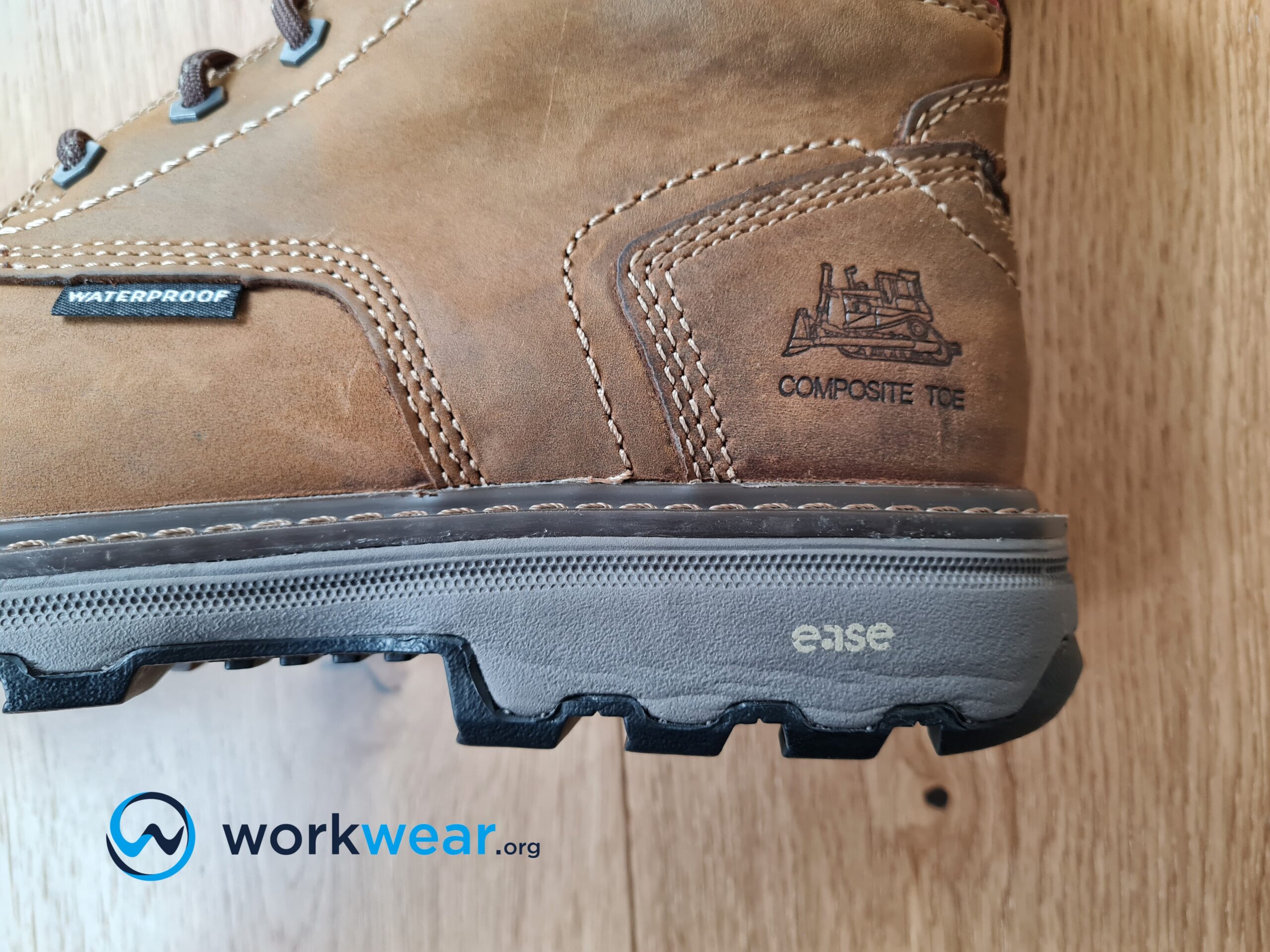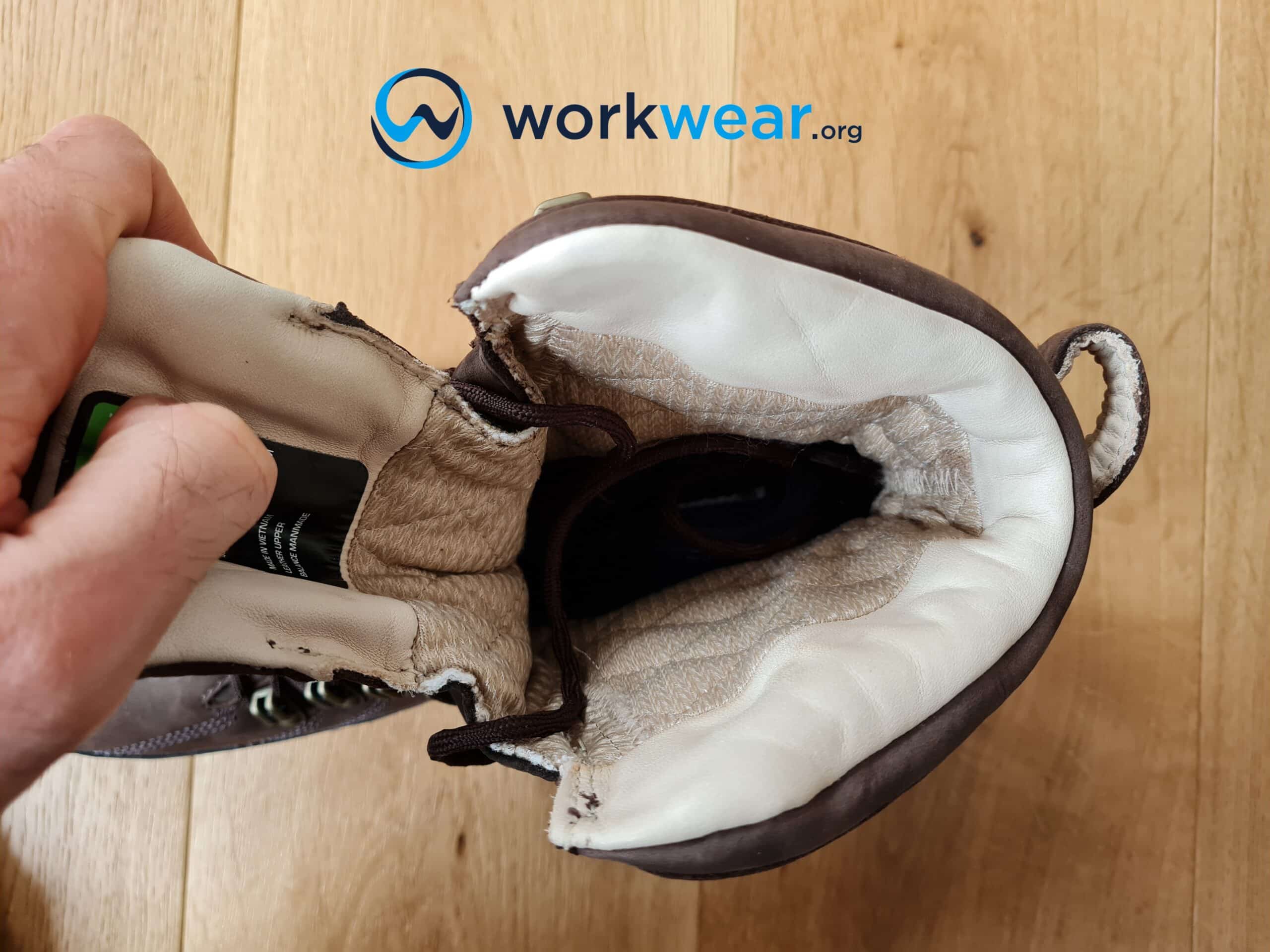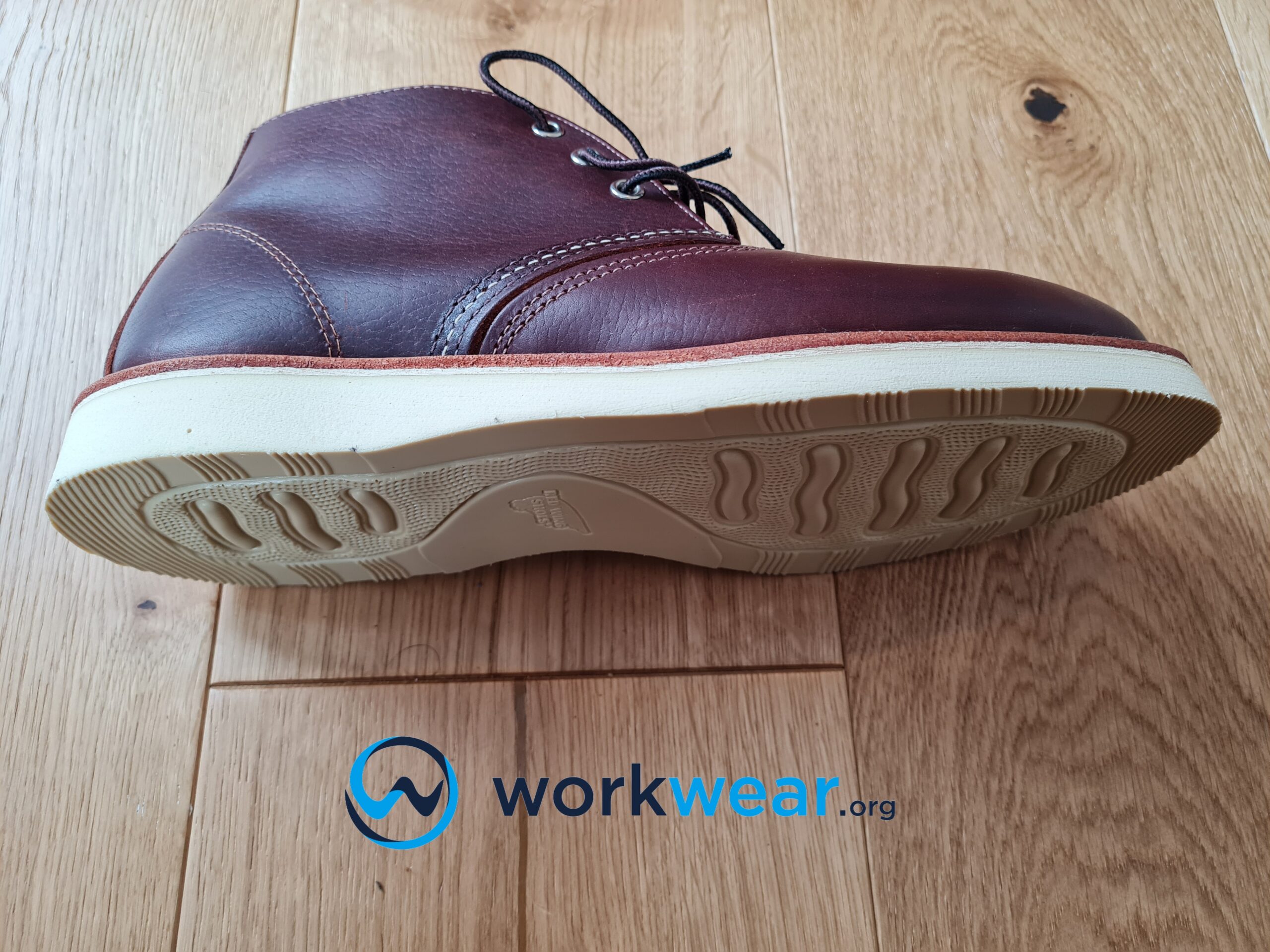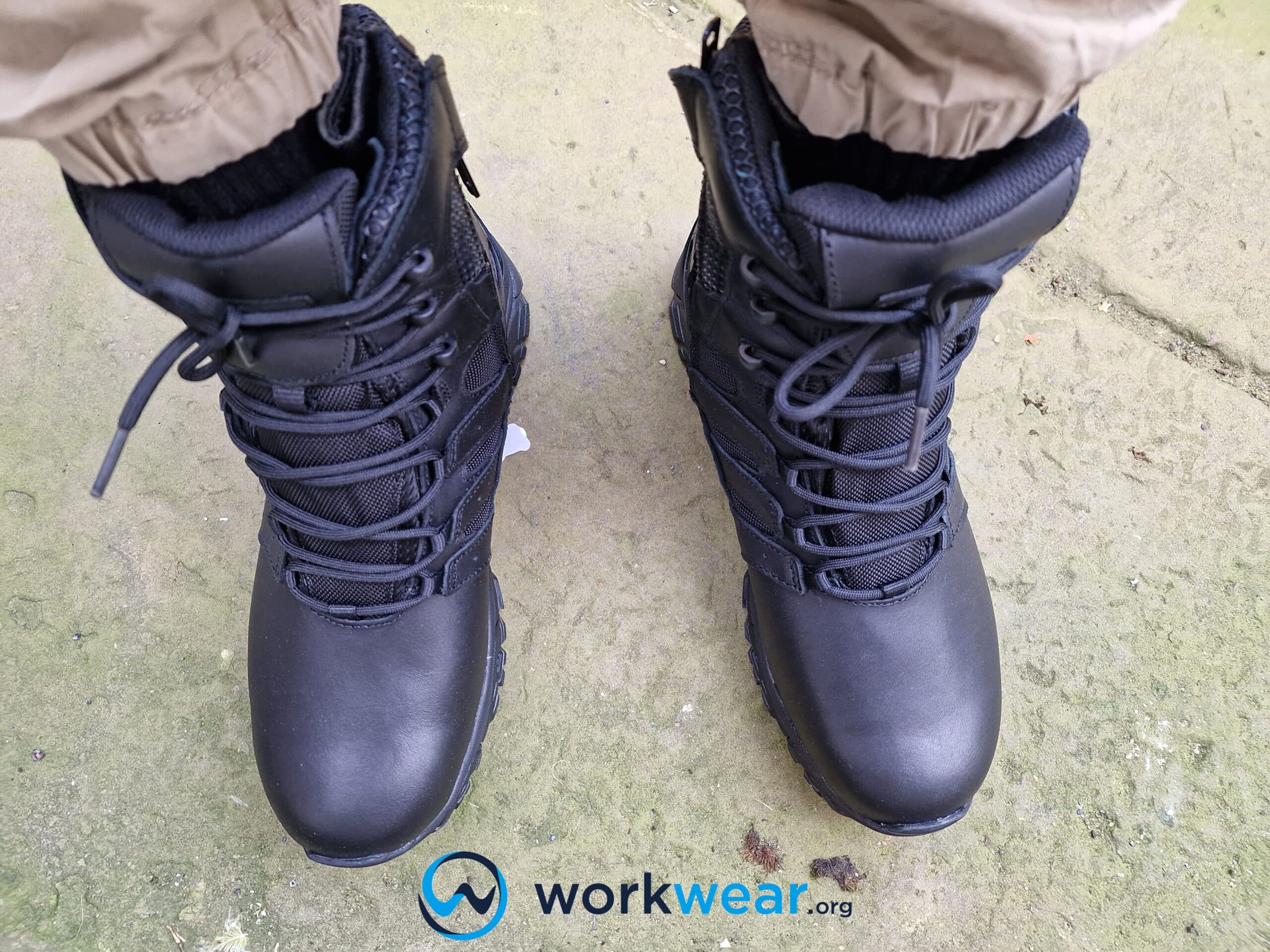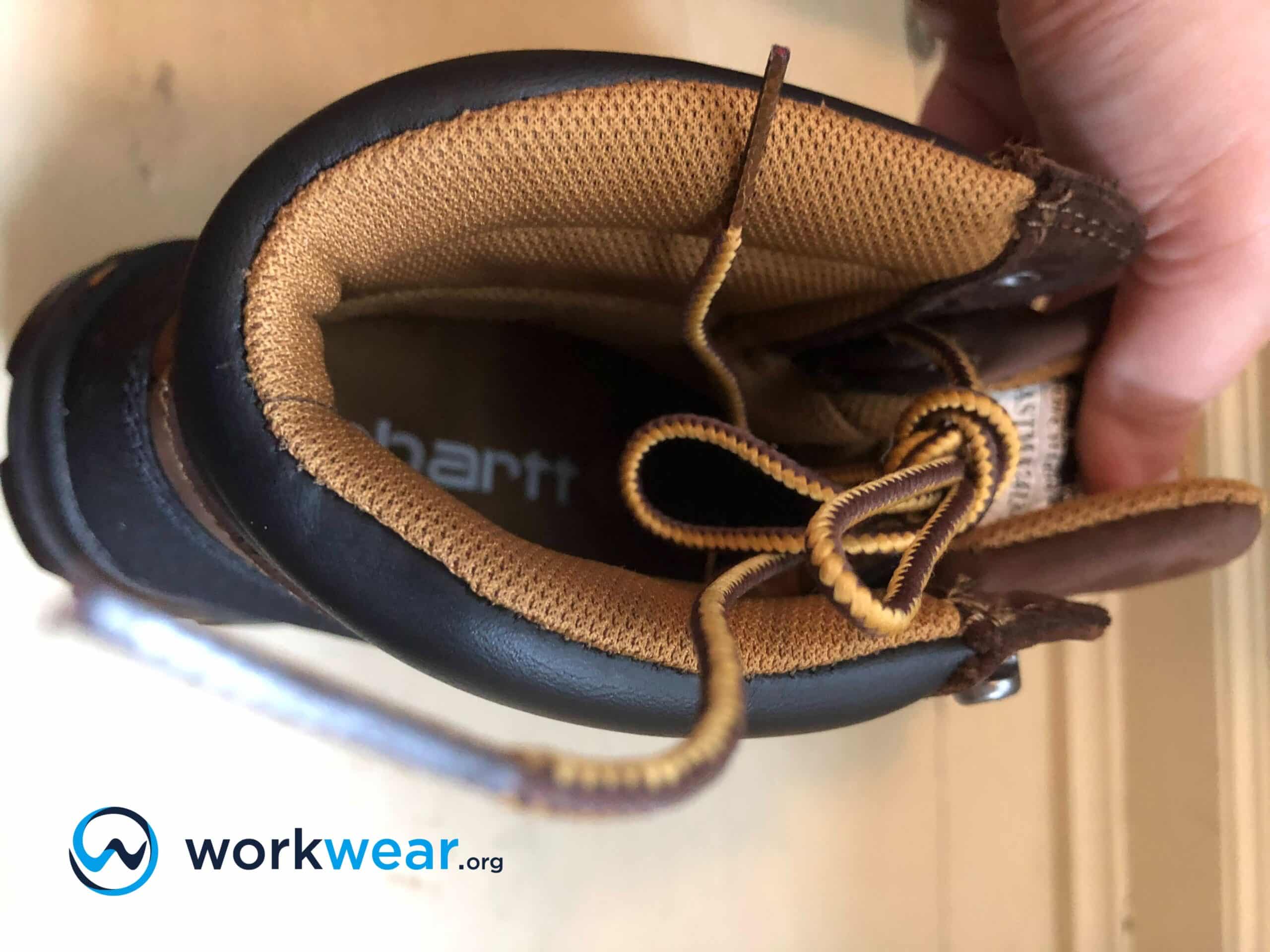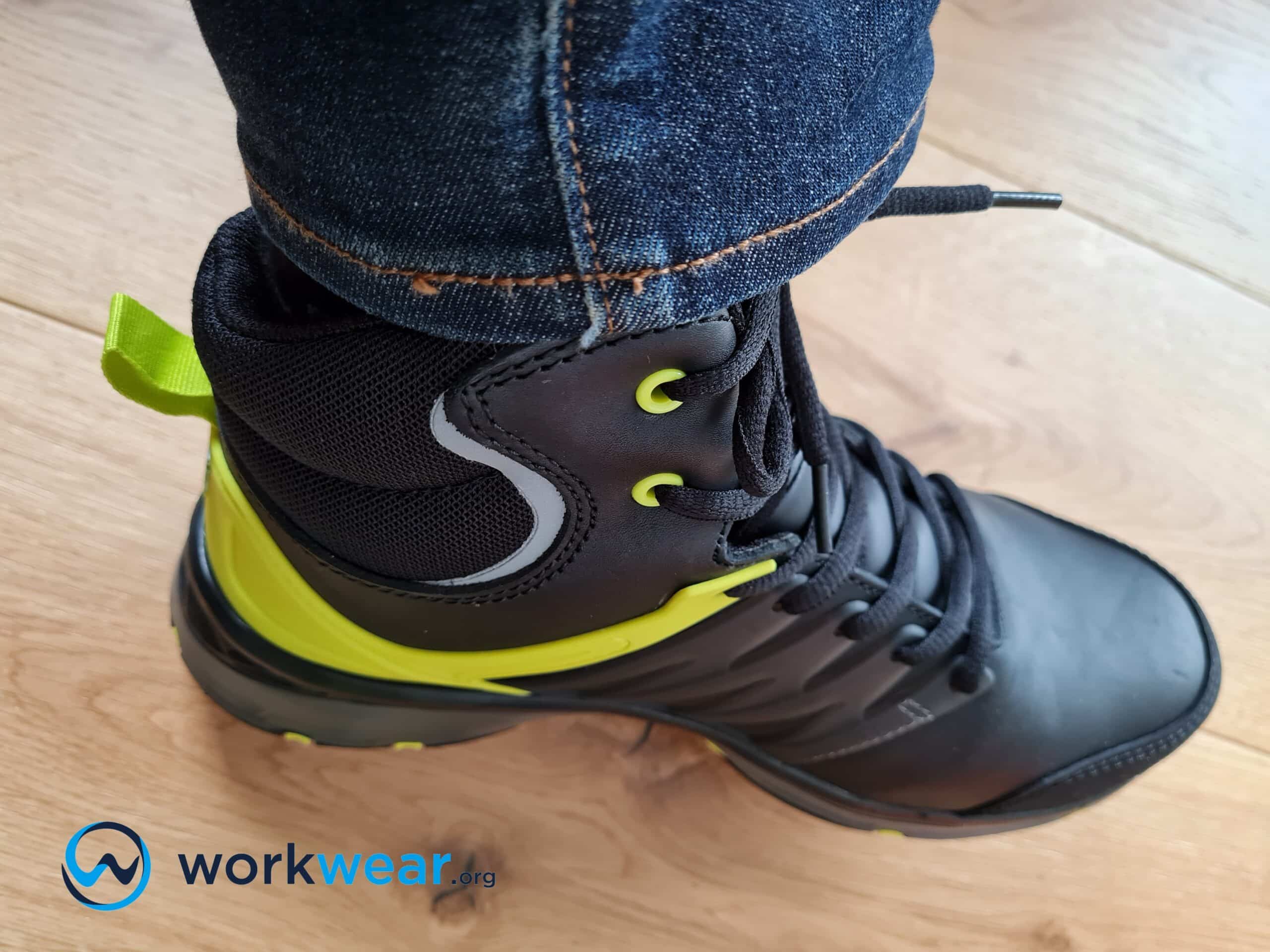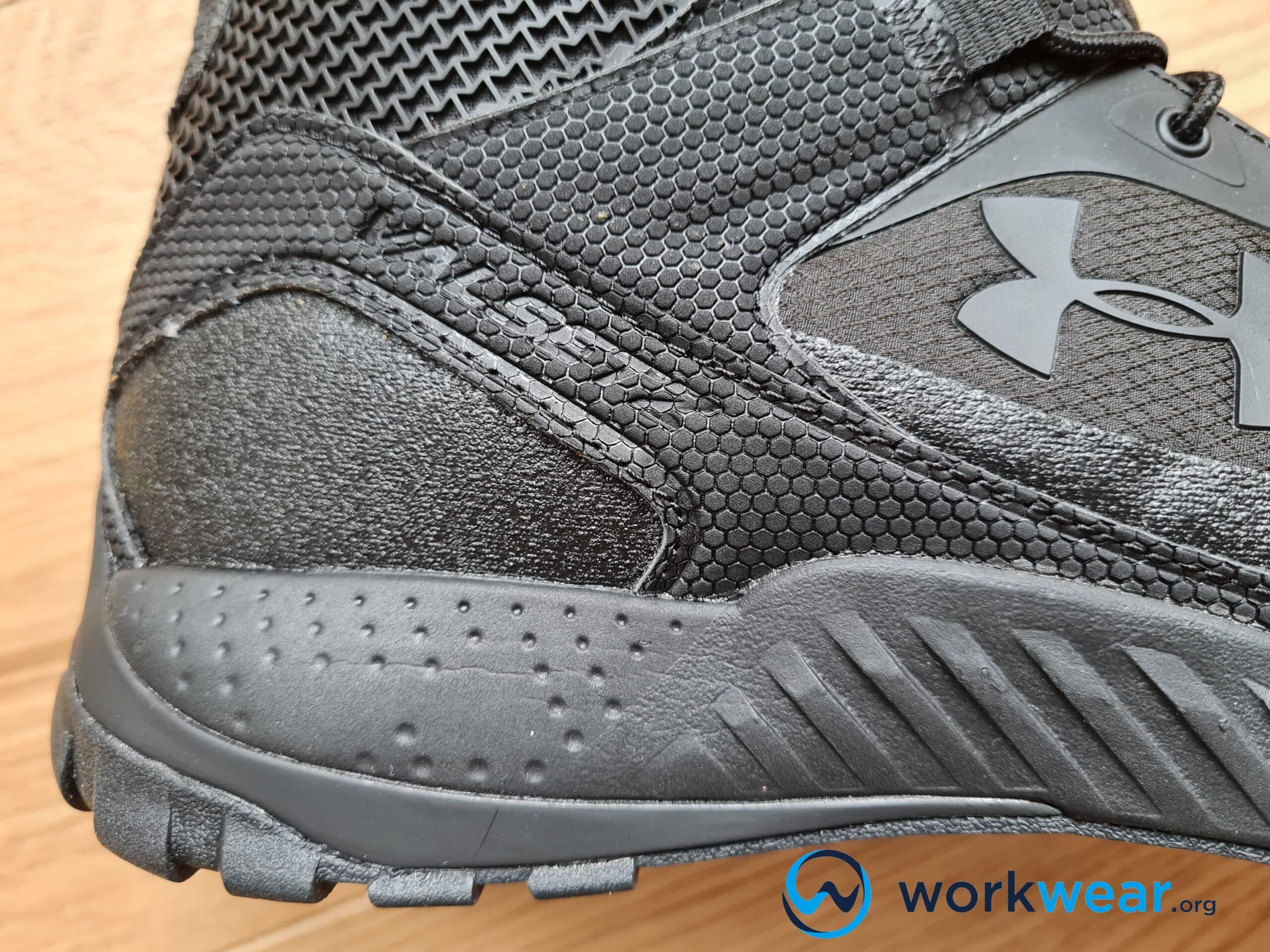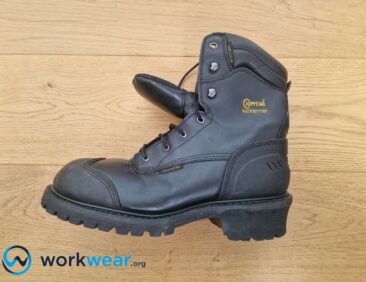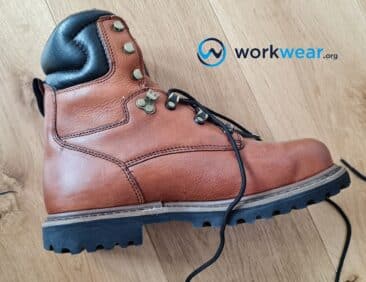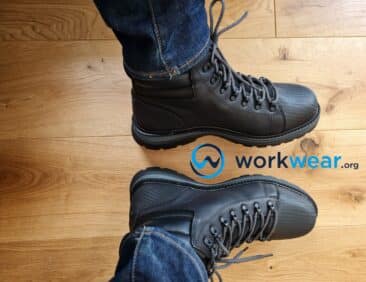Work Boots Comfort Features
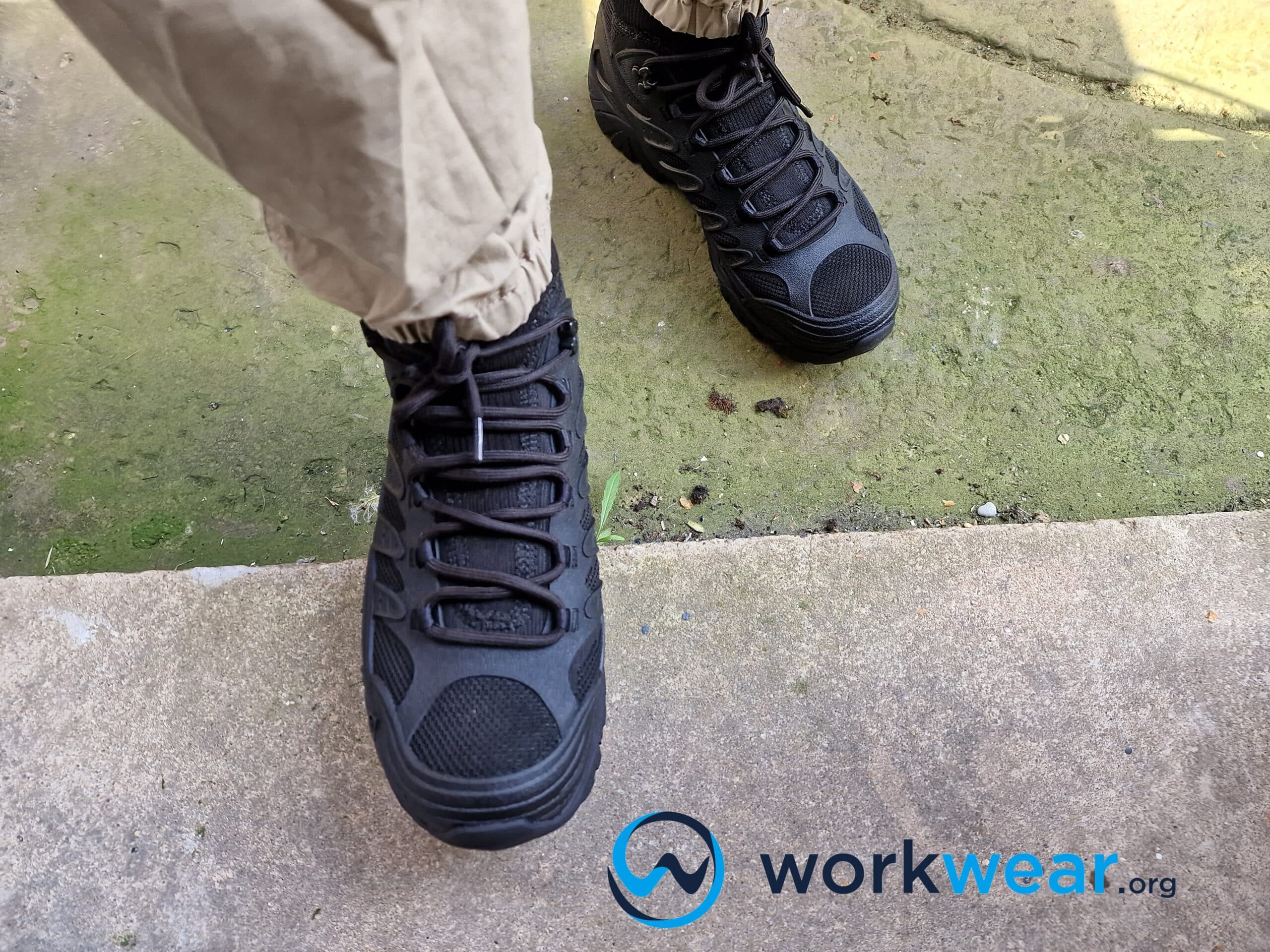
Focusing on safety features is normal when choosing among available work boot options. However, comfort features are just an important consideration because they can spell the difference between effortless movements and hours of painful walking. Aside from picking the right boot size, it’s also important to check the components built into the footwear to enhance comfort. Let’s look at the components and structural enhancements usually showcased in high-quality work boots, making them a lot more comfortable to wear for hours without sacrificing superior performance.
Comfort Features
1. Lightweight structure
Work boots must be tough to withstand the demands of different worksites, so it’s common for the footwear to be heavy or bulky. It’s good that there are options, such as the Timberland Reaxion Work Boot, that have lightweight structures while delivering maximum performance. The minimized weight makes these work boots much more comfortable for long hours since they don’t drag painfully on the feet. Lightweight boots can also enhance agility, making it more effortless to move around for much longer because they don’t hold back the feet with excess weight. They may also feel more comfortable when used in warm environments, with the lightweight materials preventing heat build-up better than thick, bulky components.
Pros
- More comfortable
- Promotes better agility
- Can be more comfortable in hot weather
Cons
- Typically, more expensive
Professions/Jobs Ideal For
- Construction workers
- Warehouse personnel
- Delivery personnel
- Law enforcement jobs
2. Shock Absorption
Shock absorption is a crucial enhancement that’s necessary for comfortable walking. Work boot components, such as the Thorogood American Heritage Moc Toe MAXWear Wedge Boot’s signature Ultimate Shock Absorption footbed, take in the force that builds up with repetitive steps on hard surfaces. The impact is spread out throughout the boot’s structure, so fatigue can more easily be prevented from developing, even with extended periods of staying upright or continuous walking. In addition, shock-absorbing qualities can be built into different parts of the boot’s sole, including the midsole and footbed (as in the case of the Timberland Hypercharge Composite Toe Boot’s Anti-Fatigue footbed), to soak up and disperse uncomfortable impact.
Pros
- It prevents pain
- It can deliver increased rebound
Cons
- It makes the work boot pricier
Professions/Jobs Ideal For
- Manufacturing personnel
- Construction workers
- Engineers
- Carpenters
3. Comfortable Cushioning
Cushioning in the right places makes work boots considerably more comfortable than non-cushioned footwear. This enhancement brings the right amount of padding to soften the impact of walking, protecting the foot from the extreme pain that can result from continuous walking on concrete floors and other unforgiving surfaces. In addition, it cradles the foot, so it won’t directly feel the hardness of the ground underneath, especially after long hours of walking. The cushioning properties can be fitted into the footbed, such as in the Caterpillar Precision Boot’s exclusive Ease Comfort cushioning that delivers a wonderfully soft and foamy sensation. It can also enhance the midsole, such as the Keen San Jose Boot’s air-cushioned Keen Luftcell midsole that results in an almost weightless feeling while walking.
Pros
- Cradles the foot with ample padding
- Protects against the pain when walking on hard ground
Cons
- Depending on the material, it can make the boot interior too tight
- Typically, it makes the boot more expensive
Professions/Jobs Ideal For
- Kitchen staff
- Food service attendants
- Health/hospital personnel
- Manufacturing industry workers
4. Insulation
Insulation in work boots keeps the feet comfortably warm in cold settings. Insulated work boots, such as the Chippewa Aldarion Boot equipped with 3M Thinsulate Ultra, maintain soothing warmth inside to ensure that the feet won’t feel frozen when working outdoors in winter and other cold settings. The insulation material regulates the temperature inside the boot, keeping it at a comfortable level to make it possible to work in extremely cold environments without the feet becoming painfully chilled. It also prevents cold air from seeping in to preserve the welcoming warmth inside the boot. Some insulating materials are significantly thick and can make the boot feel too snug. Still, some – such as Thinsulate Ultra – are thin enough not to affect a comfortable fit and complete mobility negatively.
Pros
- It keeps the feet comfortably warm in cold surroundings
- It helps preserve dryness inside the boot
- It can improve the boot’s snugness
Cons
- Thick insulation can make the boot too tight
- Expensive
Professions/Jobs Ideal For
- Loggers
- Law enforcement officers
- Electricians
- Farmers
5. Flexibility
Flexible work boots offer superior comfort because they don’t hamper movements, unlike boots made with rigid materials that can restrict the foot’s natural motion. Flexible soles, such as the ones fitted into the Red Wing Heritage Work Chukka, instantly bend and adapt to every step for enhanced comfort and improved mobility in the workplace. These soles make walking easier since they don’t stop the foot’s natural rolling motion. Meanwhile, flexible uppers also offer improved comfort since they don’t dig painfully into the toes and top of the feet when walking. A good example is the Danner Bull Run Moc Toe Boot flexible upper construction that moves along with each step instead of biting into the skin, so there’s no restrictive feeling from above.
Pros
- Improves foot mobility
- More comfortable walking – no restrictive feeling
Cons
- May not be as tough or as durable as thick, rigid components
Professions/Jobs Ideal For
- Carpenters
- Construction workers
- Plumbers
- Electricians
6. Breathability
Breathable materials help prevent extreme discomfort from heat build-up, especially when working for a long time in warm settings. These materials, such as the mesh lining built into the Merrell Moab 2 8-Inch Tactical Response Waterproof Boot, allow the air to circulate so the boot’s interior can feel cool for longer. These breathable components also work hard to dissipate hot air, so they won’t have a chance to accumulate even further inside the boot. Some breathable boots, such as the Ariat Hybrid VentTEK Western Boot, are designed with special panels on the upper to allow plenty of air to enter for maximum breathability and comfort.
Pros
- It keeps the boot interior cool for longer
- It can help prevent bad odors
Cons
- Generally, it adds to the boots’ price
Professions/Jobs Ideal For
- Farmers
- Warehouse workers
- Kitchen staff
- Auto mechanics
7. Moisture absorption
Moisture can easily build up inside work boots, especially when used for long hours in humid or hot conditions. Moisture build-up can lead to the boot interior feeling uncomfortably warm and increases the risk of blisters forming on the feet. Moisture-absorbing features make work boots more comfortable in warm environments as they wick away moisture from the skin. High-quality work boots sometimes have exclusive components fitted inside to promote moisture absorption, such as the Carhartt Rugged Flex 6-Inch Composite Toe Work Boot’s FastDry lining that helps maintain a comfortably dry interior. Such enhancements also prevent sweaty feet by constantly drawing away moisture and allowing it to disperse quickly at the same time.
Pros
- Draws away moisture to maintain a comfortably dry boot interior
- Prevents sweaty feet
Cons
- Can increase the boot’s price
Professions/Jobs Ideal For
- Professional kitchen workers
- Landscape workers
- Loggers
- Ranch workers
8. Arch support
Aside from ample cushioning and strong shock absorption, arch support makes work boots’ soles exceptionally comfortable. This feature ensures that the foot is supported in a neutral and comfortable position, preventing the pain that can come when the arch falls after standing for walking for several hours. Work boots such as the Puma Velocity Mid Composite Toe Boot work hard to protect the foot’s ligaments and joints from becoming injured by providing reliable arch support. They can also make walking more comfortable for those with high arches and help stabilize walking over uneven ground conditions.
Pros
- It prevents the pain caused by fallen arches
- It can improve stability over rough surfaces
Cons
- Typically, it makes the work boot more expensive
Professions/Jobs Ideal For
- Linemen
- Loggers
- Construction workers
- Law enforcement personnel
9. Ankle support
Strong ankle support helps improve comfort by maintaining stability while walking over challenging surfaces. This feature secures the ankle, as seen in the Under Armour Valsetz RTS Tactical Boot with the exclusive UA ClutchFit system that molds to the ankle’s shape for maximum support. It makes walking more comfortable and a lot safer, especially when going over unstable ground conditions that increase the risk of ankle-twisting. Ankle support can also be provided through additional padding in this boot section, such as the ergonomic ankle pods used by the Caterpillar Excavator Composite Toe Boot to comfortably cushion the ankle while protecting it from instability and impact at the same time.
Pros
- Secures the ankle in a comfortable position to prevent twisting
- Maintains stability while walking on uneven ground
Cons
- May hamper ankle mobility
Professions/Jobs Ideal For
- Construction workers
- Loggers
- Security/law enforcement personnel
- Ranch workers
Comfort Features & Work Conditions Comparison
| Comfort Features |
For What Work Conditions |
|---|---|
| Lightweight structure |
|
| Shock absorption |
|
| Comfortable cushioning |
|
| Insulation |
|
| Flexibility |
|
| Breathability |
|
| Moisture absorption |
|
| Arch support |
|
| Ankle support |
|
Conclusion
Work boots are primarily designed to protect the feet, but they can also be comfortable with the right features. These enhancements are built into the boot to increase comfort but don’t compromise durability, aesthetics, or function. With the right comfort features built in, the work boots deliver even more benefits on the job site and eliminate the risks of extreme discomfort even with all-day use.
678+
Products Reviewed
24+ Years
Combined Experience
500+ Hrs
Field Testing
